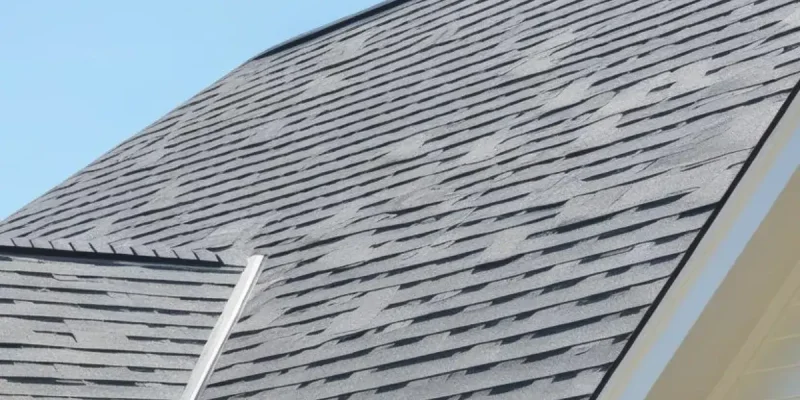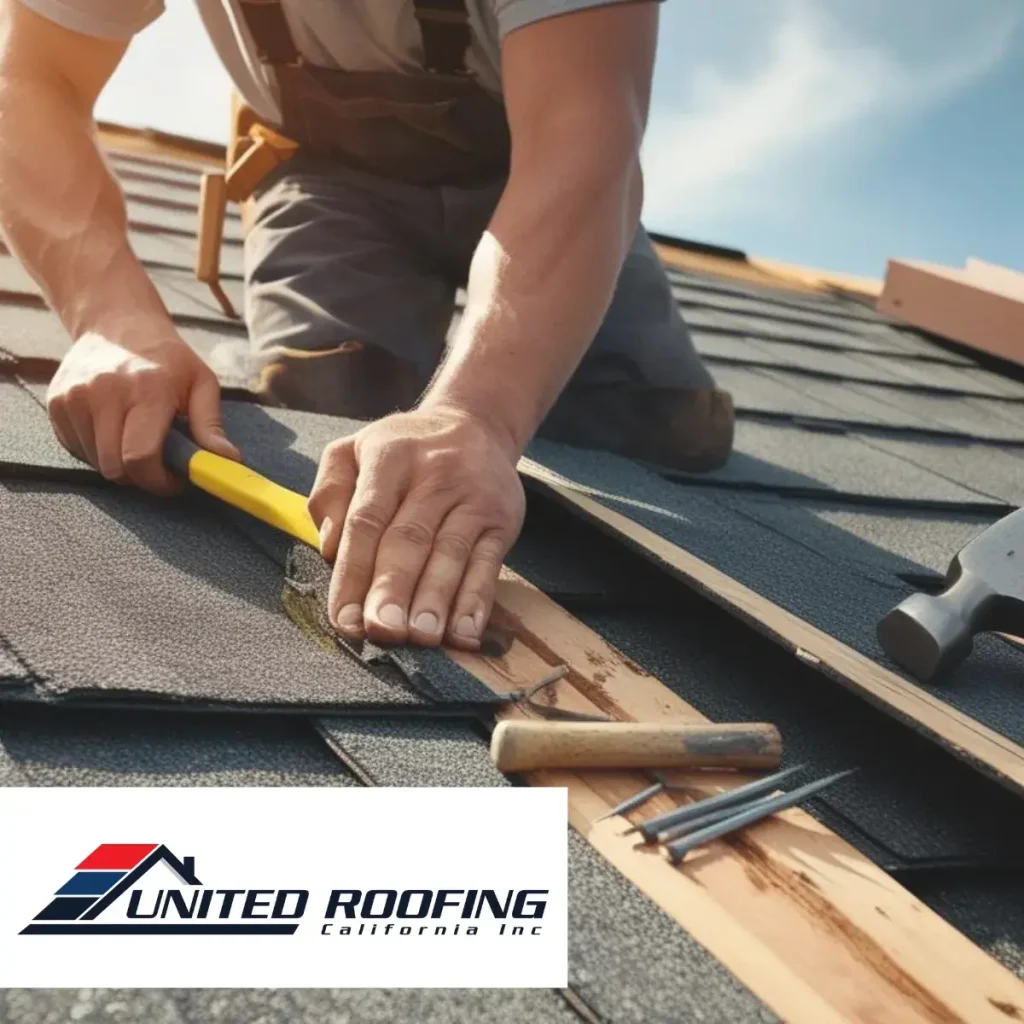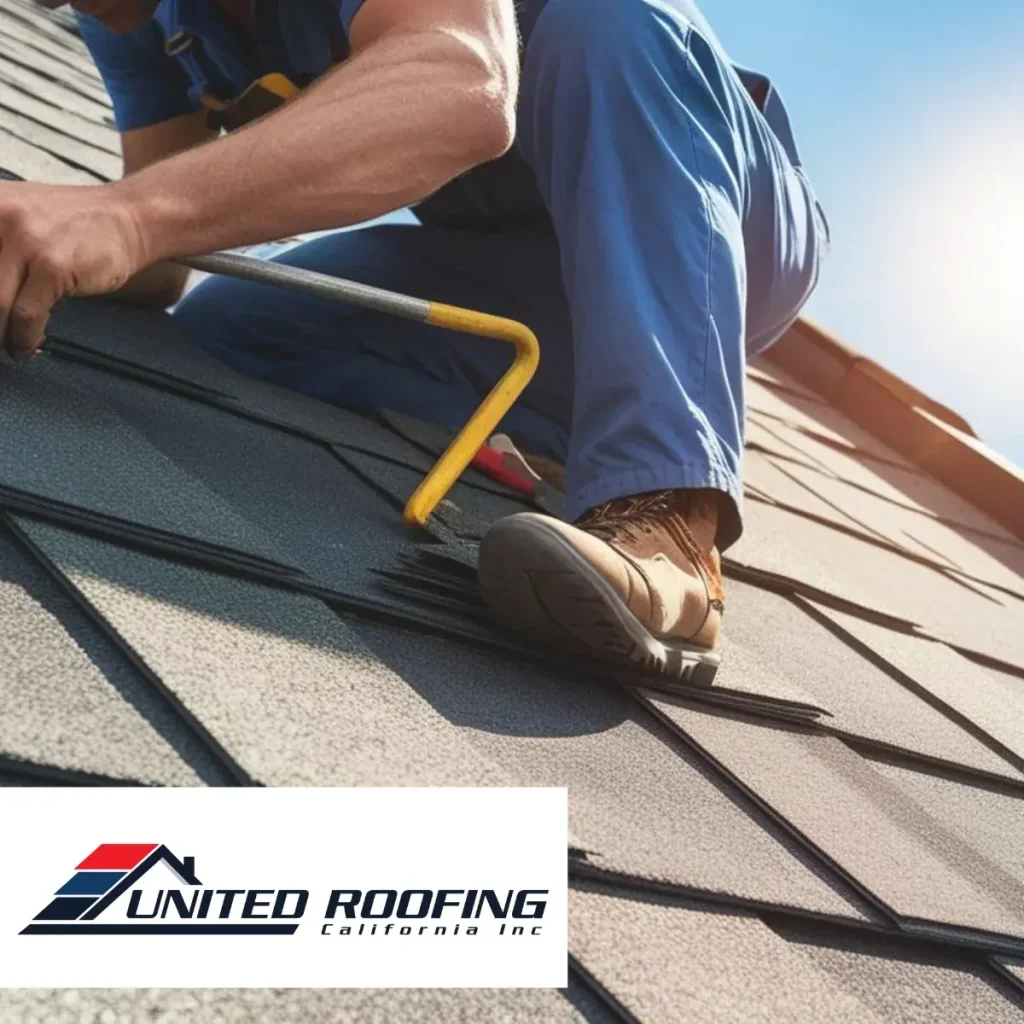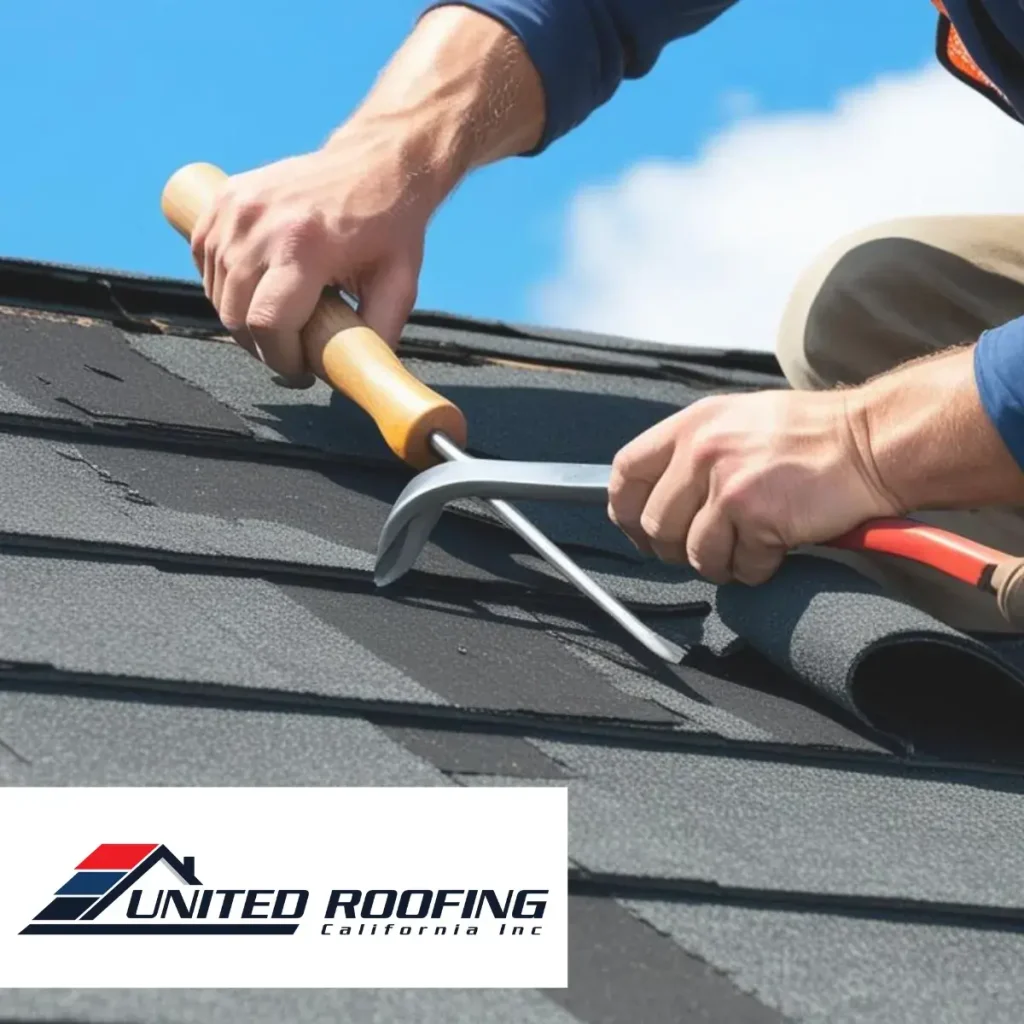When a commercial roof reaches the end of its functional life, knowing what to expect from a replacement project is essential for property owners and facility managers. Roofing replacement is a significant investment, but it plays a critical role in protecting assets, improving energy efficiency, and maintaining structural integrity. Whether due to age, weather damage, or chronic leaks, replacing a roof is not just about installing new materials—it’s about selecting the right system and ensuring expert execution.
Recognizing When It’s Time to Replace
There are clear indicators that signal the need for a full commercial roofing replacement. Persistent leaks, deteriorated flashing, ponding water, and insulation damage often mean repairs are no longer enough. If your roof is approaching or has exceeded its typical lifespan—commonly 20 to 30 years depending on the system—it’s wise to consider an evaluation. An experienced contractor can conduct a thorough inspection and determine if a complete roofing replacement is the most cost-effective and long-term solution.
Choosing the Right Roofing System
One of the most important aspects of the replacement process is selecting the appropriate roofing system based on your building’s design, location, and energy needs. Popular commercial options include TPO, EPDM, PVC, and modified bitumen membranes. Each material offers unique benefits in terms of durability, insulation, and weather resistance. Factors such as rooftop equipment, foot traffic, drainage layout, and local climate will influence your choice. Partnering with a skilled contractor helps ensure that the selected system not only meets code requirements but also aligns with your operational goals.
What to Expect During the Replacement Process
A commercial roofing replacement involves more than just laying new material over the old one. In most cases, the process begins with removing the existing roof down to the deck. This step allows contractors to assess underlying issues such as moisture damage or structural weakness. Next comes the installation of insulation, vapor barriers, and the new membrane system. The project timeline can vary based on weather conditions, roof size, and accessibility. Minimizing disruption to daily business operations is always a top priority, and a well-organized team will work efficiently to keep your facility safe and operational during the process.
Why Expert Installation Matters
No matter how advanced the materials are, a roofing system is only as reliable as its installation. Poor craftsmanship leads to premature failure, voided warranties, and ongoing repair costs. Choosing a certified team like United Roofing California ensures the job is done correctly the first time, with strict adherence to manufacturer specifications and building codes. From material sourcing to final inspection, working with professionals guarantees long-lasting protection and peace of mind for your investment.
Learn More
When Should You Replace the Roof on Your Commercial Building?





